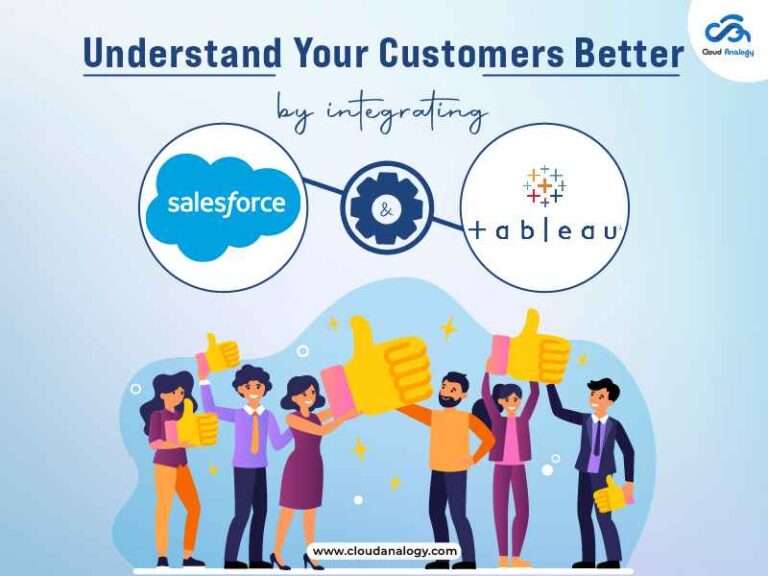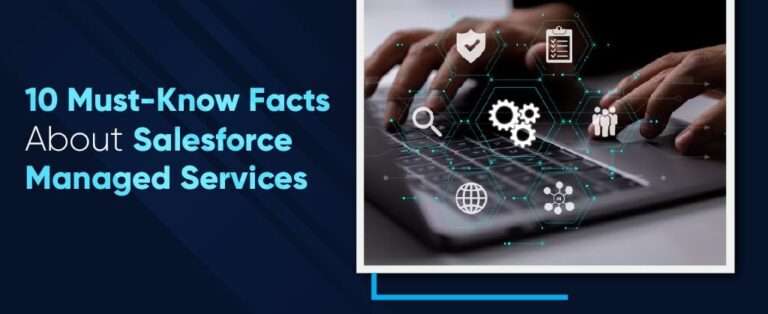Introduction: Event-Driven Architecture
Event-Driven Architecture: In the dynamic landscape of modern enterprise architecture, the need for real-time responsiveness and seamless integration has never been greater. Event-Driven Architecture (EDA) has emerged as a transformative approach, enabling organizations to build agile and interconnected systems. In this blog, we’ll delve into the realm of Event-Driven Architecture, with a specific focus on Salesforce Platform Events, and explore how they empower businesses to respond swiftly to changing conditions and deliver a more connected and responsive experience.
Understanding Event-Driven Architecture:
- What is Event-Driven Architectures?
- Event-Driven Architecture is an approach where the flow of information is determined by events such as changes in data, user actions, or system events. Instead of relying on traditional request-response patterns, systems communicate asynchronously through events, promoting loose coupling and scalability.
- The Role of Platform Events:
- Salesforce Platform Events extend the capabilities of the Salesforce platform by enabling a publish-subscribe model. Events represent occurrences in the system, and subscribers can react to these events in real-time.
Key Components of Event-Driven Architecture:
- Event Producer:
- The event producer initiates and publishes events to the event bus. In Salesforce, this could be triggered by changes in data, user actions, or external integrations.
- Event Bus:
- The event bus is a messaging system that facilitates the distribution of events to interested subscribers. Salesforce Platform Events provide a scalable and reliable event bus.
- Event Consumer (Subscriber):
- Event consumers or subscribers are the components that listen for and react to specific events. Subscribers can be processes, triggers, or external systems that integrate with Salesforce.
Advantages of Event-Driven Architecture with Platform Events:
- Real-Time Responsiveness:
- Platform Events enable real-time communication, allowing systems to react instantly to changes, enhancing user experience, and facilitating faster decision-making.
- Scalability and Loose Coupling:
- EDA promotes loose coupling between systems, making it easier to scale and modify individual components without affecting the entire system. This agility is crucial in the face of evolving business requirements.
- Event Replay and Durability:
- Salesforce Platform Events provide event replay functionality, ensuring that subscribers can catch up on missed events. This feature is crucial for maintaining data consistency and reliability.
- Cross-Platform Integration:
- EDA with Platform Events facilitates seamless integration between Salesforce and external systems. This opens up possibilities for building comprehensive, connected ecosystems that span across various platforms.
Implementing Event-Driven Architecture with Platform Events:
- Define Events:
- Identify the key events in your system that should trigger specific actions or updates. Define these events in Salesforce as Platform Events.
- Publish Events:
- Implement processes or triggers to publish events based on relevant actions or changes within Salesforce or external systems.
- Subscribe and React:
- Develop subscribers to listen for specific events and react accordingly. This could involve updating records, triggering workflows, or integrating with external systems.
- Monitor and Optimize:
- Use Salesforce tools for monitoring events, tracking performance, and optimizing the event-driven processes. This iterative approach ensures continuous improvement.
Conclusion:
Salesforce Platform Events, as part of an Event-Driven Architecture, empower organizations to build responsive, scalable, and interconnected systems. By embracing real-time communication and decoupling components, businesses can adapt swiftly to changing conditions, enhance user experiences, and build a more agile and future-ready IT landscape. As the digital era unfolds, Event-Driven Architecture with Platform Events stands as a cornerstone for organizations seeking to stay ahead in the ever-evolving realm of enterprise technology.



